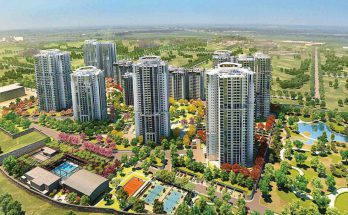In March, the GST council allowed builders who have unfinished buildings as of March 31st 2019 to charge GST at the old rates. This brought cheer to the firms who were apprehensive that they might lose accumulated input tax credit for under construction projects.
The old GST rates of 12% for regular housing projects and 8% for affordable housing projects, the revised rates are 5% and 1% respectively. The new rates will be applicable for all project who construct commences from April 1st, 2019. The amount of Input Tax Credit utilization will be dependent on the stage of construction of the residential building. A developer would need to reverse Input Tax Credit if excess credit has already been used. However, in case Input Tax Credit already used is lower than allowed, it will be protected and can be used to offset the GST liability. This move to segregate new and under construction projects would provide relief to builders and enable them to price the loss of input tax credit in new projects.
Thus far nearly 15 states including Maharashtra and Gujarat have agreed to this new suggestion. The fitment and law committees — both comprising tax officials — were in favour of shifting all real estate projects to the new scheme at once, the source added. The builder community has welcomed the clarity as it addresses the concern over treatment of the input stock accumulated as part of their long-term purchases. Builders also expressed that they believe the new GST rates will enhance the customer confidence. There will be a revision of prices which will be monitored to ensure that customers are not burdened. The builder needs to make the choice of adopting the new GST rates or the old ones depending on the project stage and how the customers receive the same. While customers might feel that the new rates are more beneficial, the builder will have to work out and see which rates benefits both the of them.
There are a few opposing voices to this new scheme as they feel the transition formula is complex and might affect the cash flow of builders. But a majority are currently in favour of the new scheme. Additionally, the council approved the condition that builders would require to procure at least 80% of raw materials — steel, cement, sanitary fitting and tiles etc — from among the dealers in GST chain under the new regime. The idea is to check large-scale tax evasion. Further, the cost of any capital goods won’t be counted against this requirement as these items are much more expensive compared with other building inputs and could therefore be used to circumvent the liability.
The choice is tough, but many agree that there is a benefit attached to the new scheme that might not prove profitable in the long run.




